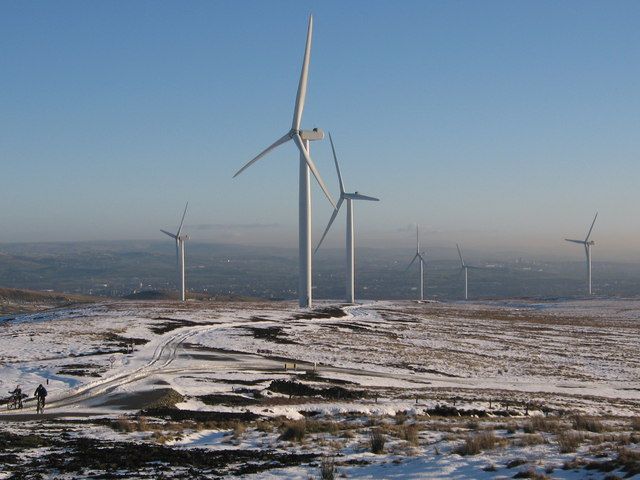Wind power can help meet peak winter demand in the UK
Even during the winter months when power demand is at its highest, wind power can still make a significant contribution to the UK’s electricity supply, according to new research

Even during the winter months when power demand is at its highest, wind power can still make a significant contribution to the UK’s electricity supply, according to new research.
The UK’s wind energy sector is playing an increasingly important role the UK’s power mix.
Energydesk reported that wind power generation – mainly from onshore projects – increased from 10.2 terawatt hours (TWh) in 2010 to 37.5 TWh in 2016.
In fact, wind turbines produced more electricity than coal for the entire of 2016.
However due to wind power’s intermittency, its ability to provide power during periods of high electricity demand has often been questioned.
Researchers from the Met Office Hadley Centre, Imperial College London and the University of Reading‘s new study – which was published in the journal Environmental Research Letters on Friday 16 June – explores the relationship between wind availability and electricity demand.
Looking back over the period from January 1979 to March 2013, the researchers analysed how electricity demand and average wind speeds have varied.
The researchers found that while wind power does drop in cold and more still conditions, on the coldest days, turbines often generate more electricity than the average winter day.
Specifically, during the highest five per cent of energy demand days, one third had above-average wind power, due to more of these days having strong easterly winds.
The research also found that during these periods of high demand, offshore wind provides a more secure supply than onshore wind, as offshore wind is sustained at higher levels.
Dr Andrew Ross, Associate Professor of Dynamic Meteorology at the University of Leeds, reportedly said: “Sea temperatures are much less variable than land temperatures in winter due to the high heat capacity of the sea and this in turn leads to less variability in near surface temperatures and winds.”
He went on to say: “Not only do offshore wind farms provide higher mean power output, but they may also be relatively less affected by variability in winds, particularly in cold winter conditions.”
Wind power can, therefore, help meet high and peak electricity demand during winter, the researchers concluded.
Brian Hoskins, Imperial College London chair of the Grantham Institute – Climate Change and the Environment and one of the paper’s authors, said: “A wind power system distributed around the UK is not as sensitive to still cold winter days as often imagined.
“The average drop in generation is only a third and it even picks up for the days with the very highest electricity demand,” he added.
For the latest news on renewables, sustainability and climate change, sign up to our free newsletter here.



